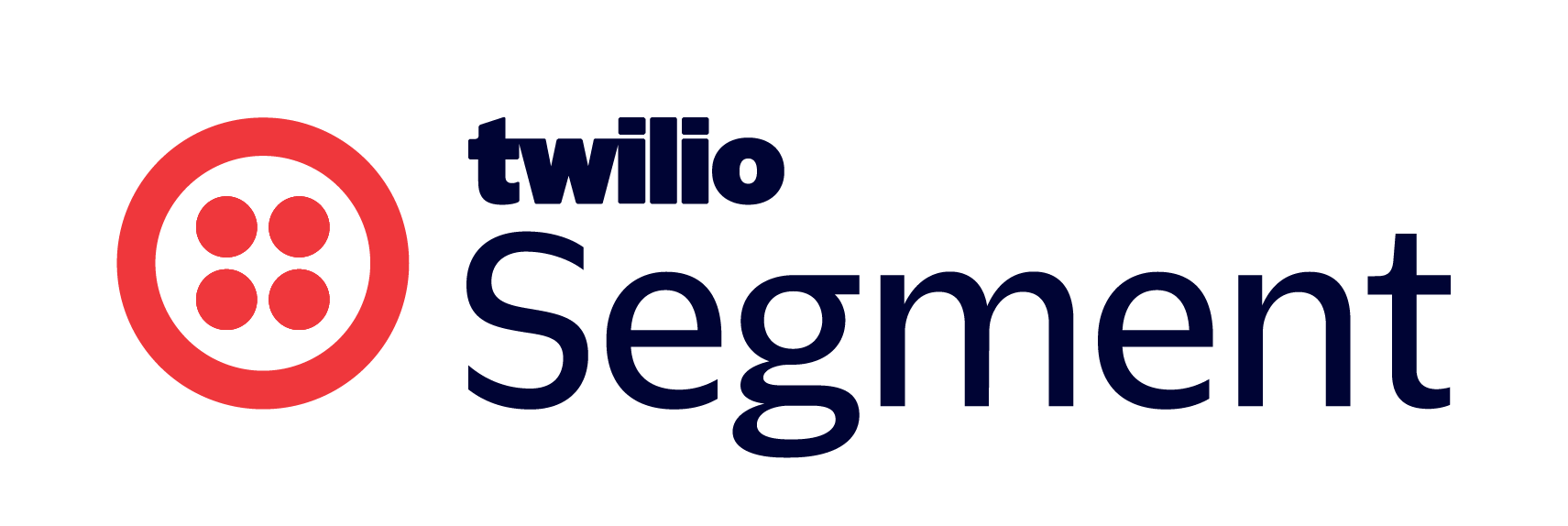Set up a campaign to track and mitigate cart abandonment so you can win back customers
Target KPI: Increase First-time Purchases
Desired Outcome: Email campaigns targeting cart abandoners are proven as an effective way to increase purchase conversion rate to drive sales. Activating this use-case can increase revenue while empowering you to keep an eye on your purchase funnel drop-off points.
---
Step 1: Add the required Sources
In your workspace, add a new prod or dev source for your website and (optional) another for your order processing system. This should be your website where checkout events will be tracked and the system that captures completed orders. These sources will be responsible for collecting the required Track Events and sending them to Segment.
Sign Up or Log In to Segment
First, access the Segment platform by signing up or logging into your existing account.
Create a Source for Your Website
A source in Segment acts as the origin of data you collect, such as user interactions on your website.
- In your Segment workspace, navigate to the Sources section.
- Click the Add Source button.
- From the catalog of sources, select JavaScript (for websites)
- Provide a name for your source, e.g., "i.e. Company Website - Dev or Prod".
- Optionally, add labels for organization.
- Enter your website URL.
- Click Create Source button
Install the Segment Snippet
After creating your source, Segment will provide you with a JavaScript snippet.
- Copy the JavaScript snippet provided by Segment.
- Paste the snippet into the <head> tag of your site to install Segment.
If you need to add a source for your server, mobile app, or any other touchpoint please refer to the documentation for easy setup
Step 2: Track your events
In order to build the funnels needed to measure cart abandonment, you'll need to track two key events: ‘Order Completed’ and 'Checkout Started' from your website source.
- Order Completed: Manually add this event to your site (See V2 Ecommerce spec)
- Checkout Started: Manually add this event to your site (See V2 Ecommerce spec)
It should be noted that ‘Checkout Started’ and 'Order Completed' should trigger an Identify call because these events allow you to tie a user to their actions and record traits about them. This can further be used for personalized messaging ( i.e. Hi {{first_name}}, your cart is waiting for you).
Only Identify calls can add and update user traits to a profile. For connections-only customers, the Identify event can still be mapped to downstream destinations to create/update user profiles.
Step 3: Add Destinations
Now, you'll need to decide where you want to send this data. This could be a marketing automation tool like Braze, or an email marketing platform like Mailchimp. In your Segment workspace, add a new destination and select your tool of choice from the catalog. This destination will receive the data collected by your source and use it according to your needs. We recommend starting with an analytics tool to see the events flowing and build out the funnels you need to measure.
Step 4: Test your setup
Finally, test your setup to ensure data is being collected and sent correctly. You can do this by performing the actions you're tracking on your dev website and checking if the corresponding events appear in your Segment debugger and analytics tool.
The Source Debugger is a tool that helps you confirm that API calls made from your website, mobile app, or servers arrive to your Segment Source, so you can troubleshoot your Segment setup even quicker.
Your data may not show up instantaneously and there may be a delay, but once the data is flowing you are ready to move to the next step.
Step 5: Analyze and activate
Once your setup is looking accurate and data is flowing into your destinations, you can start analyzing it. For instance, you can identify users who started the checkout process but didn't complete an order – these are your cart abandoners. You can then create targeted marketing campaigns to encourage these users to complete their purchase.
With a platform like Braze you can use the data that you’ve collected to activate your campaign with a targeted email to re-engage cart abandoners as pictured in the example below. .
Example of cart abandonment campaign
Final thoughts
Understanding and addressing the reasons behind cart abandonment can transform lost opportunities into fulfilled sales and repeat customers. Cart abandoners account for $4 trillion in lost revenue annually. Online purchase journeys aren’t straightforward. Sometimes, shoppers need a little push on their path to purchase.
With Twilio Segment, you can easily pinpoint where potential customers are dropping off and why, allowing for the implementation of targeted interventions to re-engage them and complete the sales cycle.
This simplifies this process by seamlessly integrating with your existing data to provide a comprehensive view of customer interactions across multiple touchpoints to mitigate card abandonment and drive conversions.
Want to discuss this topic with the community? Start a thread in our Discussion Forum.


